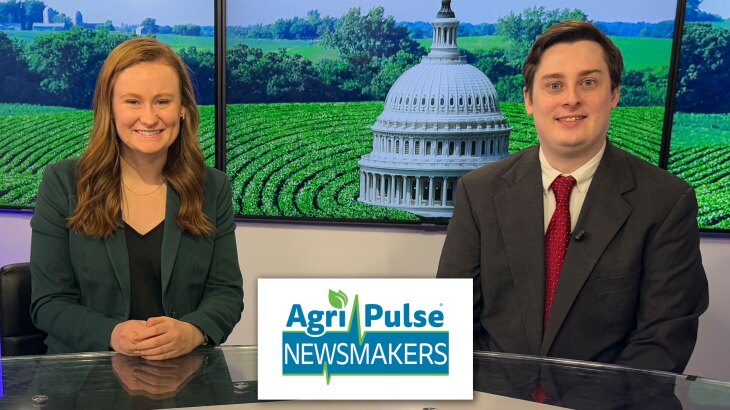Dairy production has changed drastically over the last two decades. Falling feed costs and strong demand for butter could be good news for dairy farmers looking to get their finances back on track.
Jared Hutchins with the University of Illinois joined us Friday on the Market Day Report for a closer look at that data. In a conversation with RFD-TV News, Hutchins discussed some of the main regional production growth trends he is seeing and what they mean for future dairy production decisions, surprises in cow number trends, and provided insights on if there are potential limits on how much the U.S. herd can grow considering numbers have started to level off.
Researchers at the University of Illinois looked at several key traditional and modern dairy areas. It was not until 2008 that modern areas came within reach of traditional ones. Milk yields stayed relatively close to one another until around 2015. Last year, the yield gap narrowed to less than 100 pounds, and since 2014, traditional dairy states have almost tripled their average herd size
Dairy analyst Sabrina Sharp told Brownfield Ag News the outlook for milk prices is getting better. Butter production is up 3.6 percent this year and domestic demand is up eight percent. While prices are going up, she notes, the spike is usually short-lived. She recommends the DRP insurance program, which can protect prices close to breaking even. Sharp says tightening milk production worldwide could help raise farmer returns soon.















